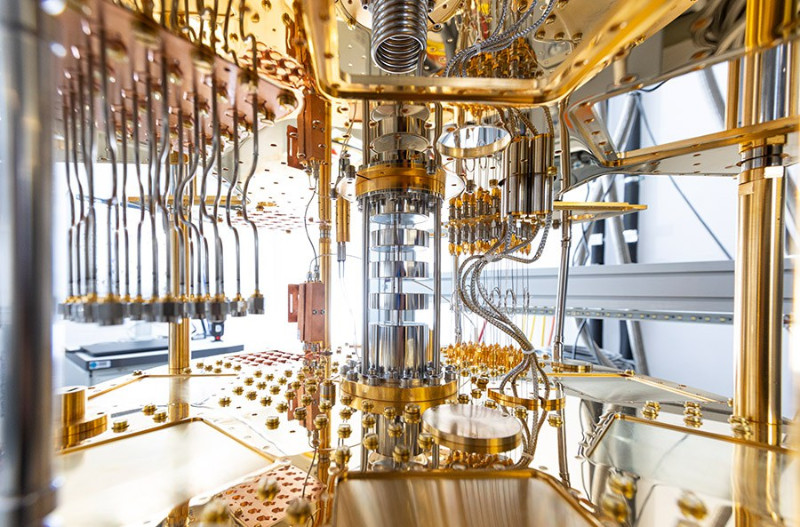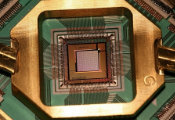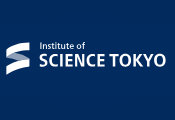Four-Way Excellence for a New 10+ Qubit Quantum Computing System at Forschungszentrum Jülich
Four world-leaders are joining forces for pushing the realisation of quantum computers and their integration in HPC systems forward: Forschungszentrum Jülich, Goethe-University Frankfurt, ParTec and Quantum Machines have partnered for developing a 10+ superconducting qubit system and integrating it into the supercomputing infrastructure of the Jülich Supercomputing Centre. The collaboration now passed the first milestone by finishing work package 1. It was started in summer 2023.

Copyright: Forschungszentrum Jülich / Sascha Kreklau
ParTec’s component-based strategy is aimed at accelerating quantum innovation and implementation by utilizing a best-of-breed approach. As such. work package 1 covers the integration of a QuantWare chip based on the 25 qubit Contralto technology in a Bluefors cryostat provided by Forschungszentrum Jülich and in the OPX quantum control environment of Quantum Machines. The integrated system was successfully calibrated and seamlessly managed using the QBridge software into JURECA, a Pre-Exascale Modular Supercomputer operated by Jülich Supercomputing Centre at Forschungszentrum Jülich.

Copyright: Forschungszentrum Jülich / Sascha Kreklau
In work package 2 the solution will be tested and benchmarked. As a further outcome, software engineers of ParTec will work on new functionalities of and integration with ParTec’s ParaStation Modulo, a software that allows system managers to operate a collection of modules as a single system and users to run massively parallel jobs. Additionally, the partners will develop a task-parallelism software solution using the OmpSs programming model.
Earlier this year, ParTec and Quantum Machines unveiled QBridge, a software co-development for seamlessly embedding high-performance and quantum computers. QBridge provides a secure, efficient, and familiar environment for large HPC centers, cloud providers, and research groups seeking to integrate quantum computers into their existing infrastructure. Enhanced with ParTec's ParaStation Modulo software suite, QBridge facilitates modular computing capacity between classical high-performance computing resources and quantum computing resources.




































